Denver Painters, Painting Interior Walls & Ceilings
Best Denver painters painting interior walls, also ceilings is extremely efficient today. A lot goes into an interior painting project even before any paint is applied. So hiring your next team of painters in Denver makes perfect sense today.
Employing highly qualified Denver interior painters, painting different wall surfaces, also various ceilings textures for a seamless contracting experience. Best Denver painters experts in their fields, having proper knowledge, saving both time & money, completing on time and budget.
All knowing what type of paint is best for each interior surface, makes starting every painting job go as smoothly as the paint being applied.
We will be addressing these different paint subjects painting walls and ceilings for a quick guide, for your review. Determining if you wish taking on your next interior paint project, or call Eco Paint, Inc.
Denver Painter's Guide Painting Walls & Ceilings
Listing our Denver painters guide painting walls, also ceilings, as this is a very involved home improvement project. Painting interiors requires time, knowledge, also energy.
How many times have we said, "I'll take care of it"? Starting an interior painting project, only to find your not quite cut out having enough time, knowledge, or energy completing.
I admire any of those who even consider painting interior walls & ceilings themselves, knowing how much work is involved, saving initial cost of painting.
With limited time, but without one of the two remaining attributes (knowledge or energy) will be set up for in-completion. Needless to say, painters in Denver possess them all.
Listing below, nine areas to consider, painting interior walls & ceilings.
Mindset
You must have the mindset for your interior wall / ceiling paint project looking magnificent, even though you are in a 9-5 M-F corporate setting.
Cleaning Walls, Trim

Someone needs to clean all the walls and baseboards with a damp rag, a standard with any professional interior painting project. A perfect place where dust settles even in the cleanest of homes. Letting trim surfaces dry completely, as masking tape will not stick to wet trim surface.
Masking
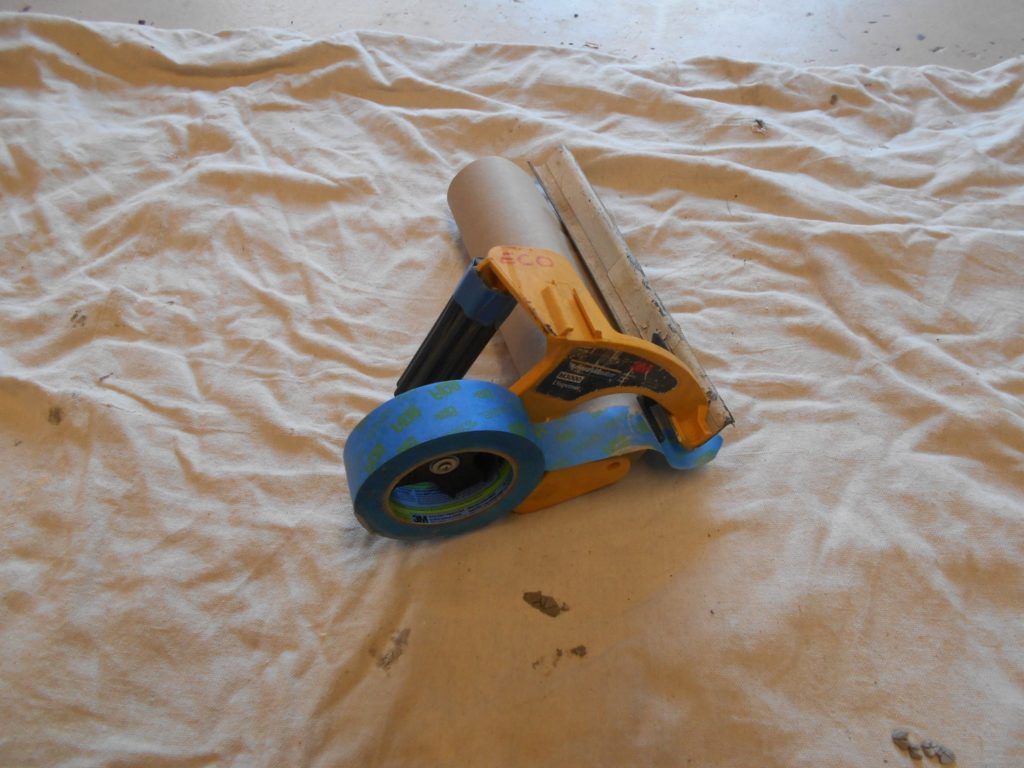
Most interior painting projects require masking off baseboards with a hand masker using 9-12" masking paper and 1" regular masking tape once completely dry is the next step. Moving right along, a hand masker is well worth the money, having several rooms to paint.
Hand Maskers
Most hand maskers cost around $50.00 3M Hand Masker plus cost of blade which is around $10.00. Buy film blade, as it will cut paper and plastic, but paper blade only cuts paper. Do not know why they make both, only to catch someone off guard, selling to an unsuspecting customer.
Caulking Tape Edges
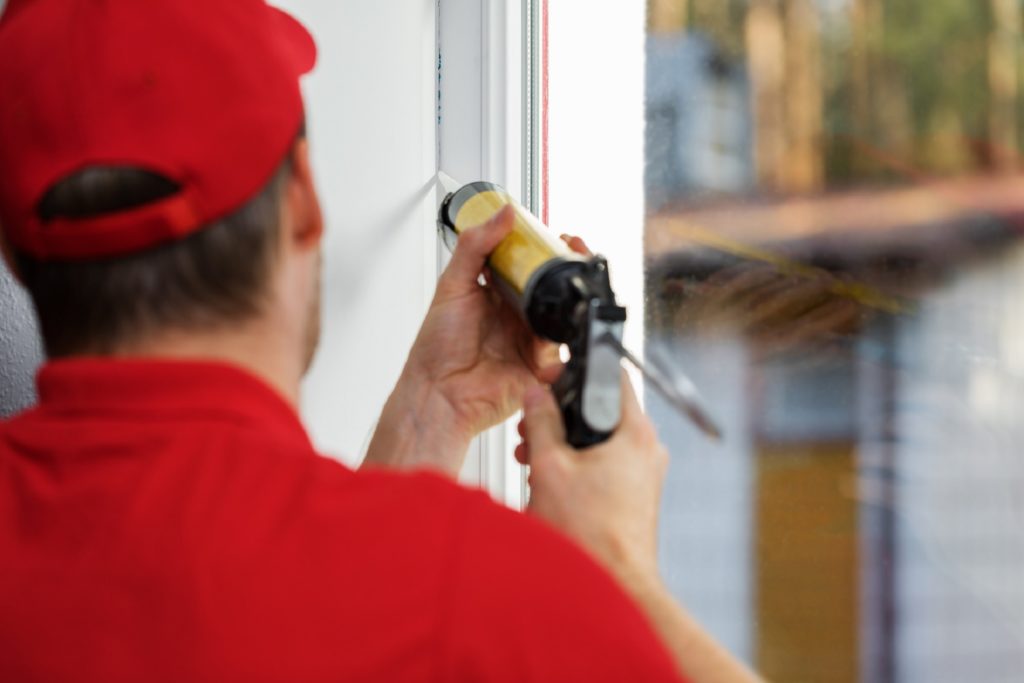
After masking baseboards, seal tape edge with a thin bead of paint-able latex caulk, wiping with a damp rag, needing amount to fill any cracks from baseboard to wall, to prevent paint migration under tape on to baseboard.
New Frog Tape eliminates caulking tape edge, but cannot recommend having never used such. You are now getting close to being ready painting your interior walls and ceilings, but still have some more work to do.
Moving Furniture
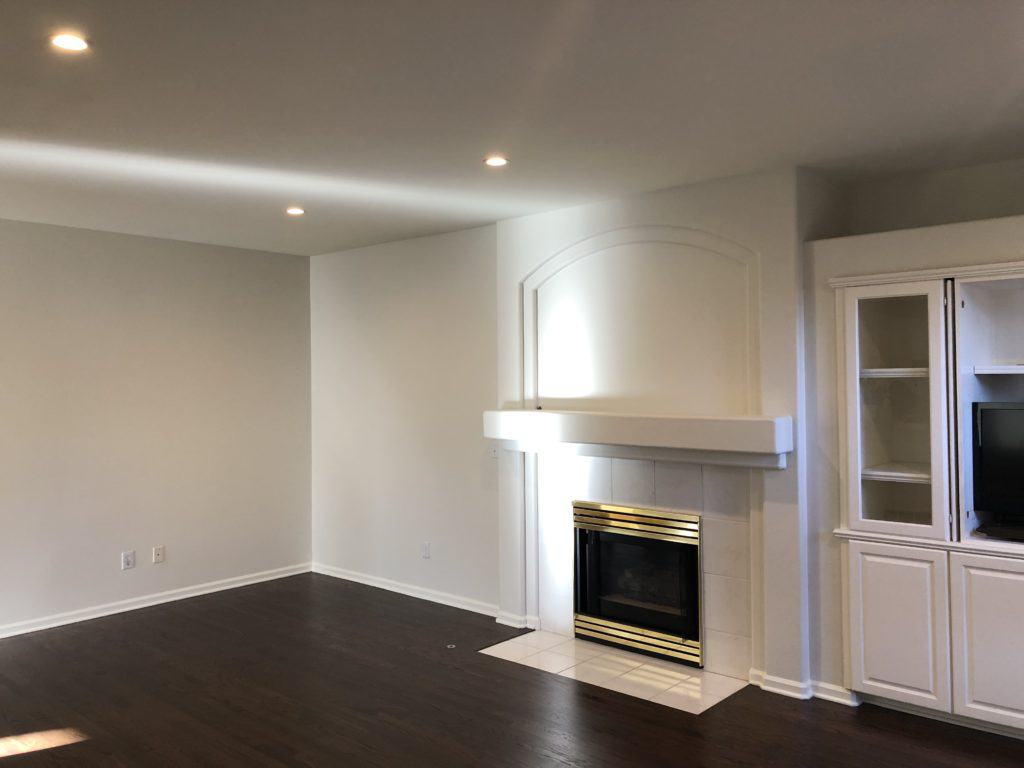
Move all furniture into the center of the room you will be painting, giving ease to cover if painting ceilings, and certainly out of your way painting walls, especially using extension poles.
Plastic Sheathing
Using large plastic sheathing gives way to cover in the shortest amount of time. Extend plastic over brown paper taped to wall's baseboard, covering every square inch of flooring. Many dimensions to choose from, a common one is 9' X 400'. Masking all the rooms you plan to paint at one time, gives way to move from room to room without stopping.
E Poles
Depending upon wall and ceiling height, an extend-able 4'-8' extension pole is recommended for most interior painting jobs. Gives way to extend for higher reaches painting, and shorten it in tighter spots. A paint roller's best friend is the "E" pole.
Cutting In
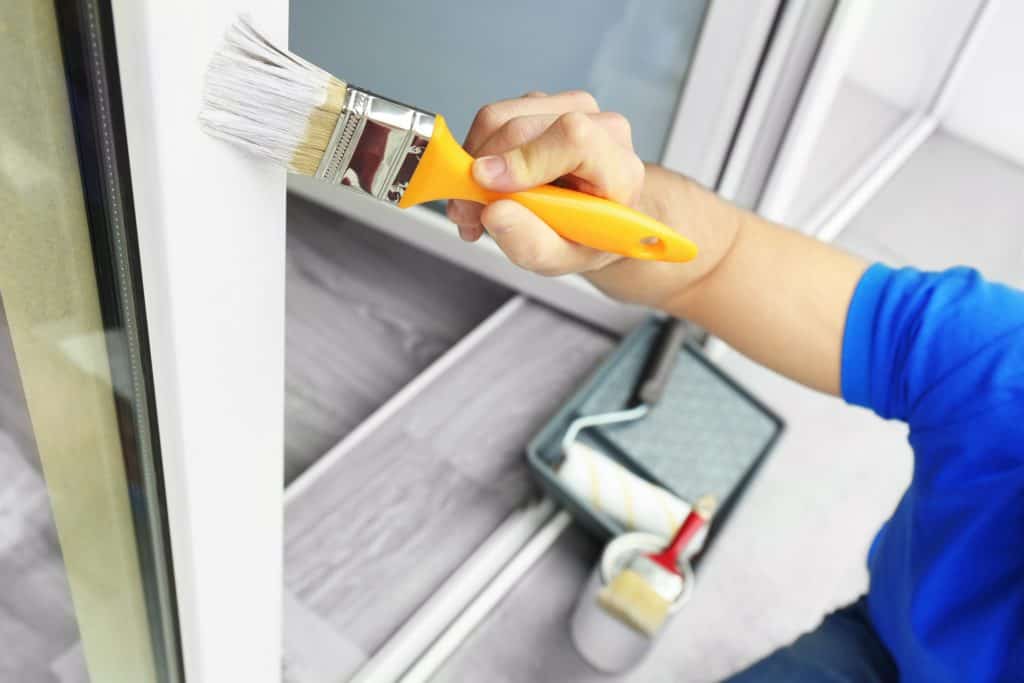
Now that all your baseboards are cleaned, masking off all areas not to receive paint, it's time to break out the brush, cutting in, brushing out at the tape line a few inches above the baseboard. Doing the same at the ceiling, if ceiling is a different color than the wall.
Don't worry about getting ceiling paint on wall, as this will be cut in by hand if ceiling color paint is different than wall color. Painting interior ceiling first, then cutting in your baseboards, gives way to roll out walls with ease, all at one time.
Break Out Paint Roller
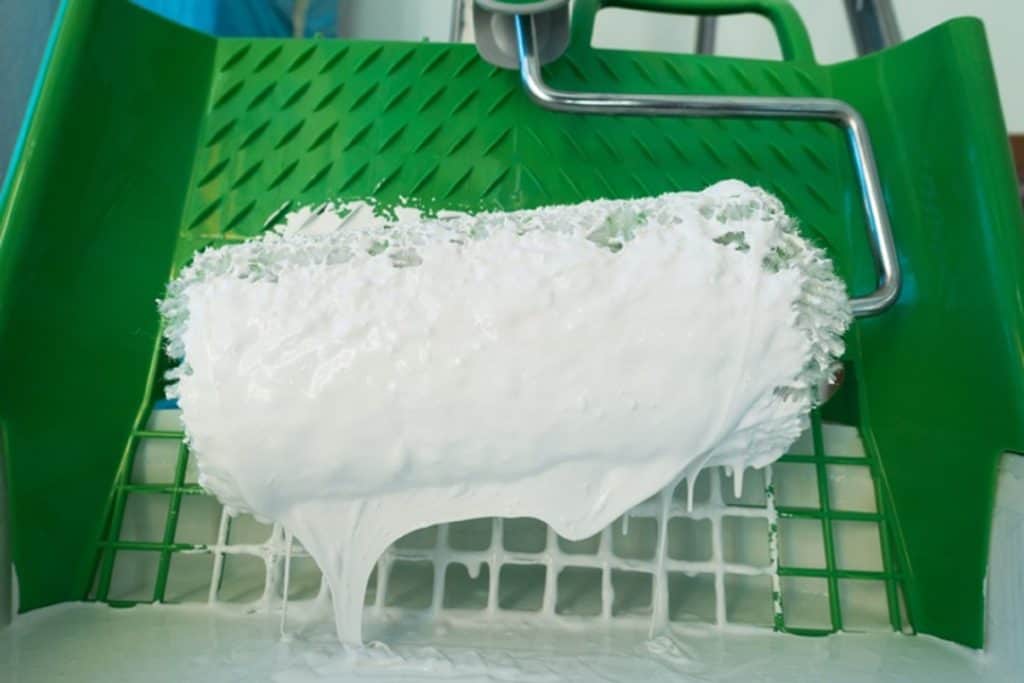
Now all edges have been "Cut in" on walls, the real fun begins, with a paint roller. If you have not already purchased a roller and frame, buy a 14" instead of a 9". A 14" roller and frame will also require a special roller pan, but can be purchased rather inexpensively, saving many hours depending on how many square feet of wall surface you will be doing.
If painting only one or two rooms, a 9" will be just fine. Roller "Skins" come in a wide variety of thicknesses, which is dependent on texture you will be covering. Typically a "Popcorn" ceiling will require a 3/4" roller skin, where a near smooth wall texture will require a 3/8" - 1/2". Experienced season painters tend to go with the thicker roller skin, getting more paint on the walls quicker, rolling them out as described below.
Roll Out Z or W
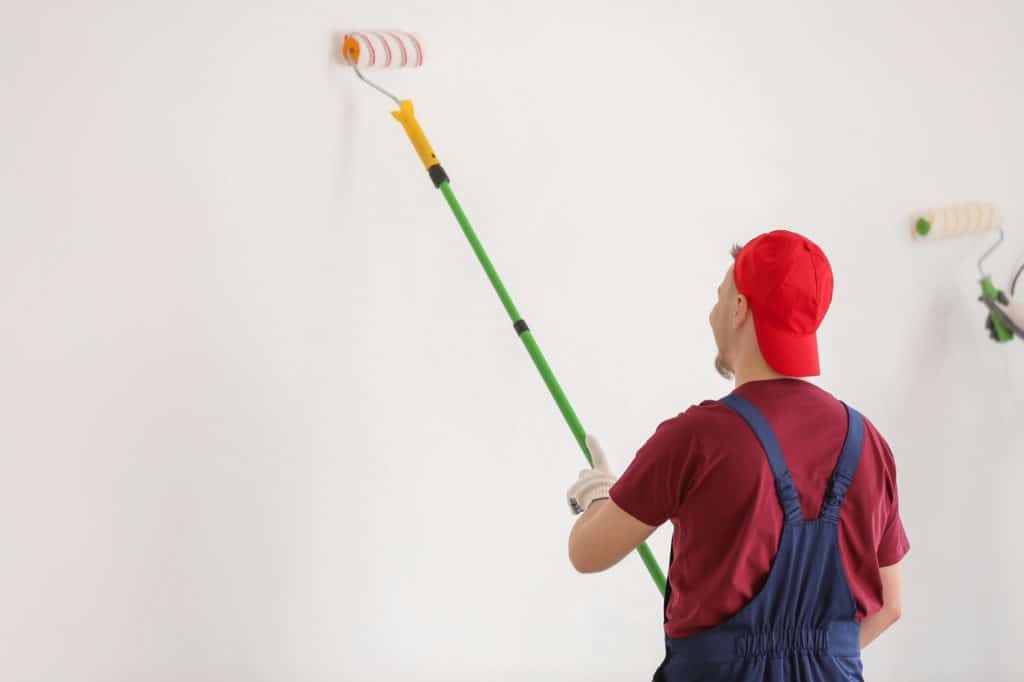
Loading up your roller, rolling off excess, start in one corner of room. A few feet from the corner, half way up the wall, write a Z or W, coming back to corner with frame outside edge pointing down the wall you will be going. Rolling out from top to bottom, keeping the frame pointed the same way, after each reloading and rolling.
This will ensure no heavy marks or darker lines on walls and or ceilings, as this technique goes for ceilings as well. Very important painting tip, only season painting professionals, and Painting Denver readers know about.
Conclusion
Steps above may seem easy, but if your not a seasoned professional Denver painter, painting walls and ceilings may be more work than you thought, not touching on all the manual labor involved with "Arms over the Head" time required.
Good luck with your next interior painting project. Hoping this helps you with your next interior painting walls and ceiling painting project.
So, be ready if tackling this on your own, or call a seasoned painting contractor for your painting needs. Updated 6/3/19






[…] over 30 years, Cal Phillips and Eco Paint, Inc. leading the painting industry here in Denver, with Denver's painters, painting Colorado. Eco meaning "Economical as well as Ecological" with very competitive exterior […]